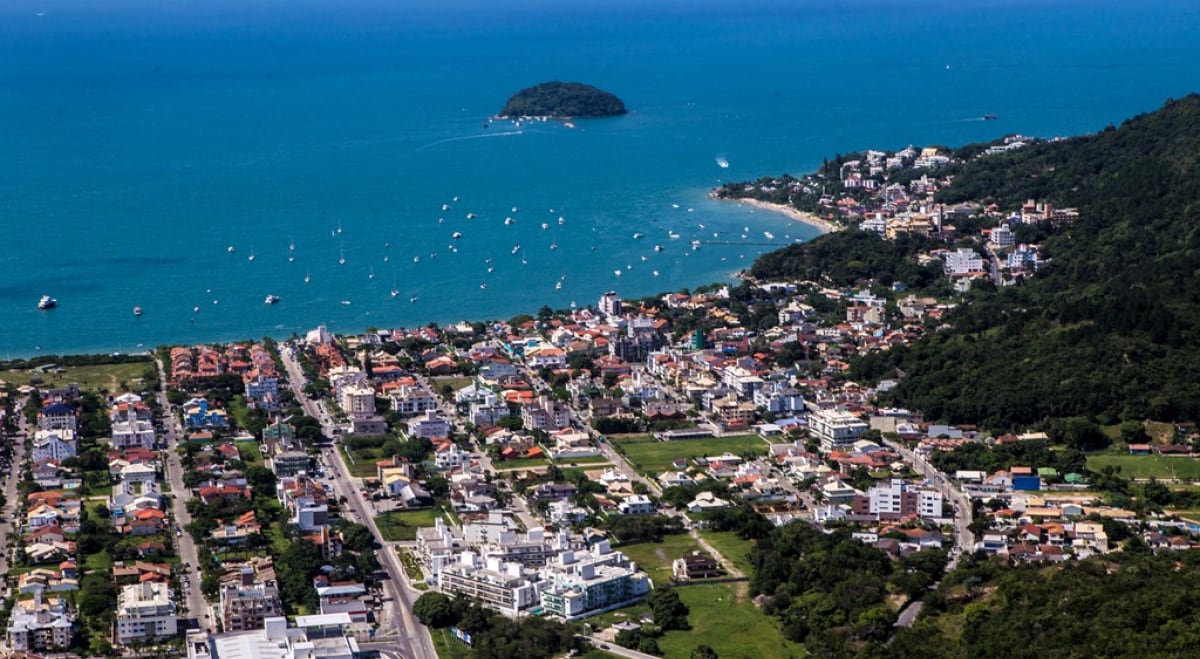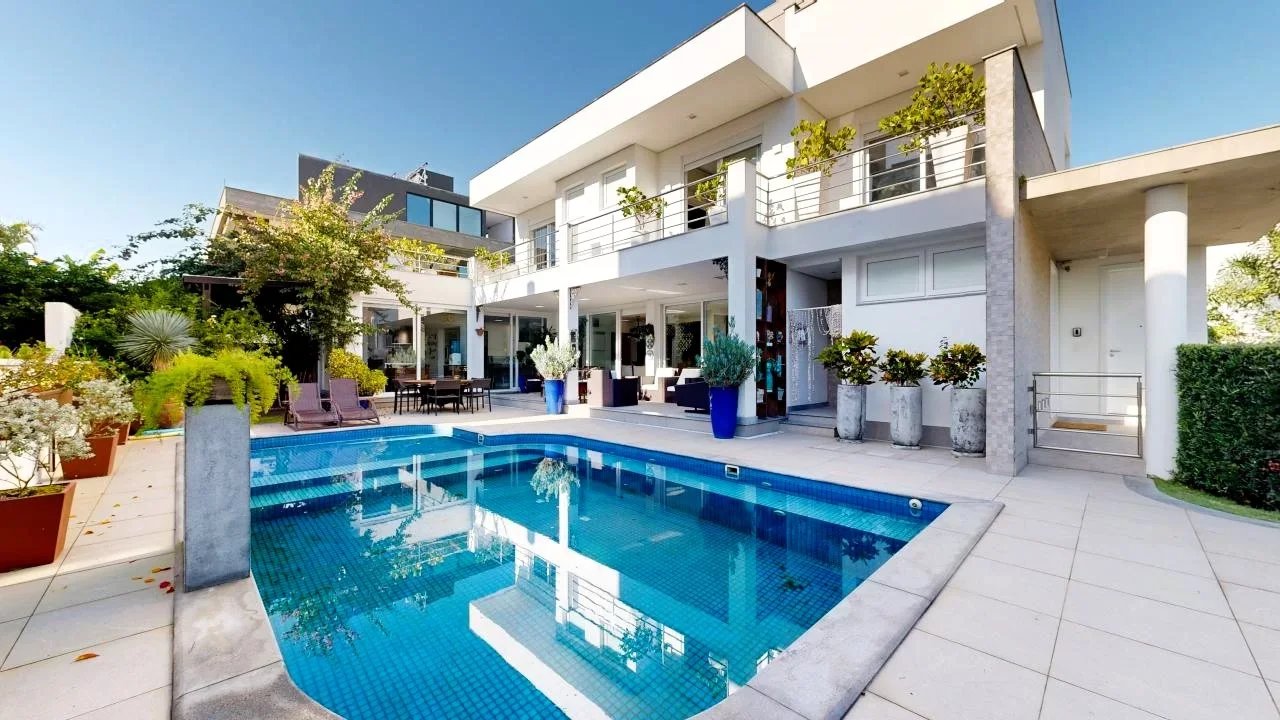Norte
Florianopólis, Brasil
After the Central Region, the North of Florianópolis Island was the region that most developed after the 70's. Among the best known beaches (read more)
After the Central Region, the North of Florianópolis Island was the region that most developed after the 70's. Among the best known beaches are Jurerê, Canasvieiras, Cachoeira do Bom Jesus, Ingleses and Santinho. With the growth of tourism on the Island and due to its calm sea and family atmosphere, its beaches quickly attracted new developments and urbanization. Today the region is home to many annual residents who via the SC 401 highway have quick access to the city center, for example, going from Jurerê beach to the Center takes around 20 minutes.
Those who live in the North won't trade the region for another place on the island, mainly because of the excellent infrastructure and options for commerce, services and leisure. The place also has many excellent schools and some are bilingual, responding to a growing demand coming from an upper class that decided to move from other capitals to Florianópolis.
The North Region has beautiful beaches for all tastes, from the most reserved, ideal for those with small children and looking for tranquility, and other more popular ones with infrastructure and beach clubs with exquisite restaurants, which are excellent places to meet interesting people and expand your network of personal and professional contacts. For those who like to practice beachside or more extreme sports, such as surfing and kite surfing, they also find great satisfaction.
With the development of the region as a hub of Innovation through Sapiens Parque, known as the “largest technology and innovation park in Brazil”, there are many job opportunities for those who work in the areas of technology and service provision. Many young people choose to live in the north of the island, attracted by startups that have settled in the region.
The North of the Island is synonymous with quality of life, the region provides its residents with low rates of violence, a lot of safety, health and frequent contact with nature.
The great amount of leisure and entertainment options that exist in the region is excellent for those who like to do tourism, even without leaving the city where they live. Neighborhoods like Santo Antônio de Lisboa have a historical legacy, being one of the oldest in the capital, an Azorean corner that received thousands of immigrants between the 17th and 18th centuries. Today the neighborhood is a point of high gastronomy and attracts, in addition to tourists, the residents of the neighboring districts, Cacupé and Sambaqui, places that have high-end residential condominiums.
Investing in a property in the North Region is a guarantee of getting a good deal, whether to live or rent, as the demand in the region is growing.




